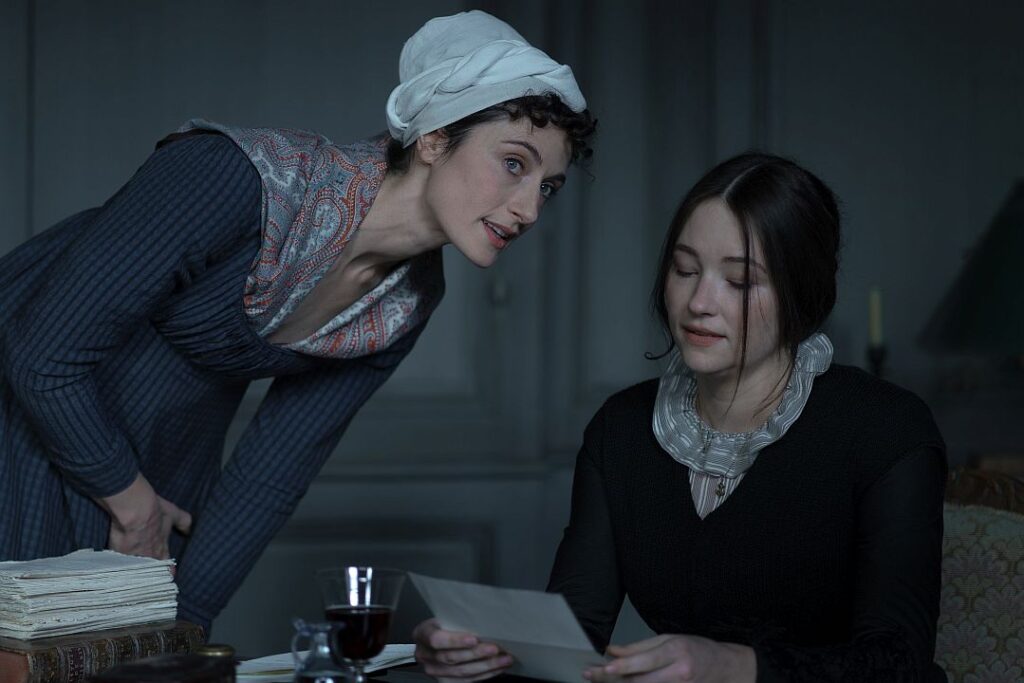Barbe‑Nicole Ponsardin, better known as Widow Clicquot, stands among history’s most daring and innovative entrepreneurs. When her husband passed away in 1805, she found herself a young widow with a young daughter and a faltering family business. In a time when women wielded little power in business, she refused to abdicate. Instead, she stepped behind the counter, rolled up her sleeves, and set out to reshape an entire industry.

Under societal pressure and with limited resources, Widow Clicquot led the Champagne house to global prominence. Her first major innovation was perfecting the riddling process. By designing rotating racks that tilted bottles just so, she solved the problem of cloudy wine and created a method for efficient sediment removal without wasting a single bottle. This breakthrough elevated both the quality and consistency of Champagne, laying the groundwork for modern production standards.

Her vision did not stop there. In 1810, she introduced the first vintage Champagne, carefully selecting only the best grapes from a single harvest. She also pioneered the production of rosé Champagne, blending red and white wines to subtle yet vibrant effect. These moves were nothing less than revolutionary, showing that Champagne could be refined, varied, and expressive rather than formulaic.

Widow Clicquot also understood the power of branding. She created a distinctive yellow label to make her bottles stand out in a crowded marketplace. Amid political turmoil and the Embargo Act, she pressed on, finding new markets and forging long term relationships with distributors and retailers abroad. Her efforts paid off: by mid century, the house produced hundreds of thousands of bottles annually, and her Champagne was sipped at royal courts and grand celebrations across Europe.

Yet her legacy is far more than winemaking and marketing. She was a woman who defied conventional limits, merging bold creativity with meticulous craftsmanship. Her success inspired a wave of female entrepreneurs who followed her example. Today, the name Veuve Clicquot evokes not only high‑quality Champagne but also a spirit of perseverance and inventiveness.

In recent years a biopic has brought her story to new audiences, offering cinematic scenes of vineyards, production cellars, and the fragile diplomacy she managed in order to grow her business. Viewers have rediscovered the intelligence and courage behind the name on each bottle.
Over two centuries have passed since she first stood atop her company, yet her influence remains alive with every pop of cork and swirl of golden bubbles. Widow Clicquot proved that real leadership thrives on vision—and refuses to be silenced.
-1751594144-q80.webp)


